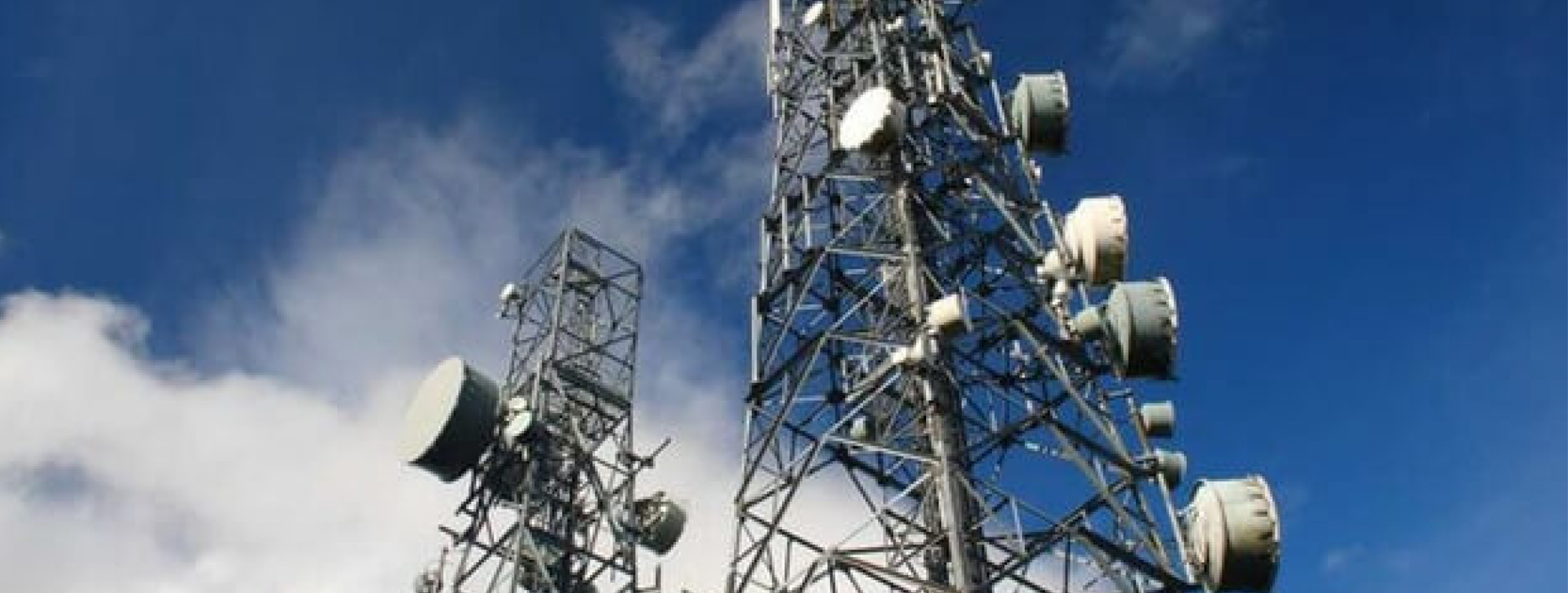News

Aug 12, 2019 by Foresight
The Benefits of Cell Site Analysis
Cell site analysis can have a substantial impact on a legal case. Cell site analysis is the practice by which the geographical location of a mobile phone can be approximated, and it was this technique which was instrumental in locating and prosecuting suspects of a failed terrorist attack in London on 21st July 2005. With one or more mobile phones usually present at the scene of a crime, and criminal groups often using mobiles to communicate with one another, cell site data can be a vital piece of evidence in a criminal investigation.
Identify Geographical Location
Whenever a mobile phone uses data, whether that was to make a call, send a text or use the internet, a call data record is created. To facilitate communications, devices send signals to a mobile phone mast, also known as a cell site. The range of cell sites varies hugely; some cell sites have a range of up to 35 kilometres, and others less than 100 metres. In densely populated areas, there are more cell sites in order to maintain service, meaning that the location can be approximated much more precisely than in rural areas. In less built up areas, one cell site will serve a wider area, making the results of cell site analysis less accurate in these locations.
The investigative process usually starts with a cell site field survey to determine the range of a particular cell. A call data record shows which cells were used to make a call, and when an expert knows the range of a cell, it can be confirmed that a suspect was within that specific geographical area at the time of a call. If the crime being investigated happened within this area, cell site analysis can help identify whether an individual was at the scene of a crime.
Confirm or Challenge an Alibi
The findings of cell site analysis can be used by either the prosecution or the defence to confirm or challenge an alibi. Cell site analysis cannot identify who used the phone at a time of interest, or whether the owner allowed somebody else to make a call. However, when combined with other pieces of evidence such as eyewitnesses, CCTV images and ANPR data, cell site analysis can build a convincing picture of evidence which can either prove or disprove an alibi. As cell site analysis seeks to identify the location of the phone at a time of interest, it can approximate whether an individual was in the vicinity of a crime scene.
Trace the Movement of Suspects and Identify Accomplices
Calls are transferred to different cells in order to avoid interruption in service. The first and last cell ID used to facilitate a communication is stored in a call data record. The distance between these two cells can indicate that a suspect was travelling, and help investigators to trace a suspect’s movements either before or after a crime was committed. These insights can be used to piece together valuable information about an individual and their activity at a time of interest. Although cell site analysis cannot determine the content of a phone call or text message, it can identify numbers with which a device regularly interacted. This can help investigators identify whether a wider network was involved in a crime, and if an individual had any accomplices.
Finding the Right Cell Site Analysis Expert Witness for Your Case
Cell site analysis is a useful technique to determine not just the geographical location of a mobile phone, but an individual’s movements and their accomplices. Foresight is a leading supplier of cell site analysis experts across the UK. Get in touch if you require a cell site analysis expert for your legal case.
FIND YOUR
EXPERT WITNESS
CALL OUR TEAM ON
0330 088 9000
NEWSLETTER SIGN-UP
Stay up-to-date with all the latest news in the industry by signing up to our newsletter. You're welcome to unsubscribe at any time and we'll always treat your personal details with the utmost care.

